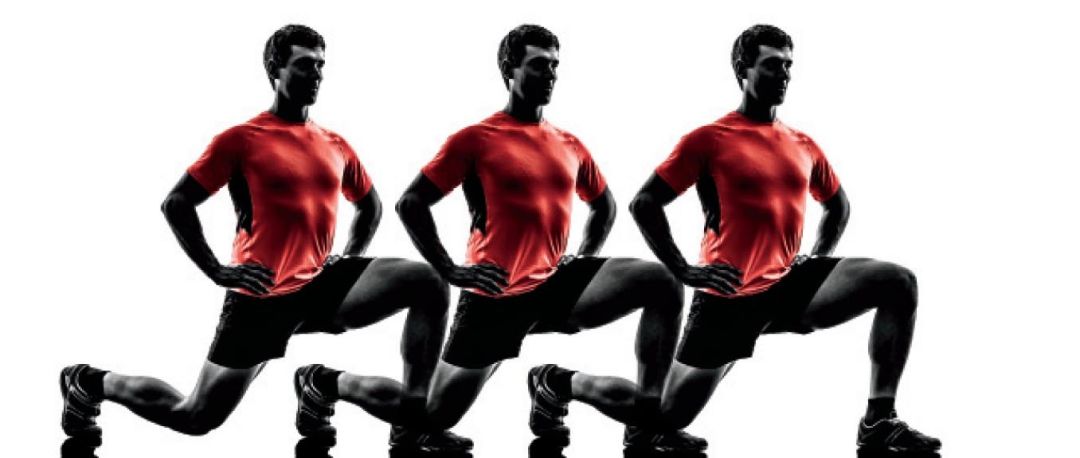To Stretch or Not to Stretch

Most athletes are familiar with the ritualistic role historically reserved for stretching before any sport or competition. At soccer or lacrosse practice, the typical drill was (and often still is) to form a circle and spend ten to fifteen minutes stretching hamstrings and quads—holding each pose for at least twenty seconds. Before hiking, running, or biking, we’re often given similar advice: stretch those cold, tight muscles—or risk injury.
These days, sports experts don’t put much emphasis on stretching at all—at least not the kind most of us are familiar with—and are instead advising athletes and outdoor enthusiasts to do a short warm-up before their game, hike, or bike ride.
“There’s no clear-cut evidence that static hold-type stretching before, after, or during a workout eliminates injury in any way,” says physical therapist Todd Ward, who has managed Howard Head Sports Medicine’s clinics in Edwards, Avon, and Beaver Creek since moving to the valley a year and a half ago from Seattle, where he worked for Virginia Mason Sports Medicine and the WNBA’s Seattle Storm. “If you look at performance research that’s come out over the last years, it shows that static hold-type stretching before an activity or competition has ... proven to be detrimental to components of athletic performance.”
A static hold stretch is the most common kind of stretch—for example, putting a leg on a bench and leaning over it to engage the hamstring, then holding the pose for several seconds. One 2010 study by the National Strength and Conditioning Association shows that runners who stretched this way before a five-kilometer run actually expended more energy and ran slower than those who didn’t. Ward explains that holding a stretch for a prolonged period—say, twenty or thirty seconds—may actually trigger a neuromuscular response that inhibits the body from functioning at its peak in order to safeguard muscles and tendons from being stretched too far.
So what helps, rather than hinders, performance?
Ward recommends a warm-up composed of movements that fire up and slightly stretch the muscles used for a particular activity. For example, before hiking or running Ward might suggest a dynamic stretching type of warm-up, such as the “toy soldier,” kicking one leg at a time up toward an outstretched hand, which elongates the hamstrings.
“What we try to do is match the warm-up to the activity,” he explains. “If you’re going to swim a mile, we’ll be more intense with shoulder work. If you were to run five miles, we’d focus on the lower extremities. Generally, two to five minutes of a structured warm-up is plenty for most activities. The benefit is raising your core temperature, preparing [muscles and joints] for what’s at hand.”
While studies have shown that stretching before exercise doesn’t reduce injuries or boost performance, there can still be a place and time for the familiar stretch-and-hold. One such place is the yoga studio, in professionally led classes that typically involve movements that get the heart pumping and the blood flowing to warm muscles as they’re being stretched. And one such time is after, not before, a workout.
“Stretching when you’re cold is going to increase your risk of having an uncomfortable experience,” Ward says. “It’s perfectly healthy when the body’s warmed up. ”
And what if you don’t have time to do a structured warm-up before your workout? Well, a short warm-up is better than nothing.
“Even just briskly walk from your car to the trailhead,” Ward advises. “Anything you can do to raise your core temperature and promote blood flow will help.”
Ward’s Warm-up Rx
Howard Head physical therapists have created a one-minute YouTube videos Strong in :60 that demonstrates warm-up exercises and injury prevention for skiing. Featuring US Ski Team athletes, these exercises also are valuable for snowboarding and will help everyone, from beginner to expert, avoid injury and have more fun while on the mountain.






































